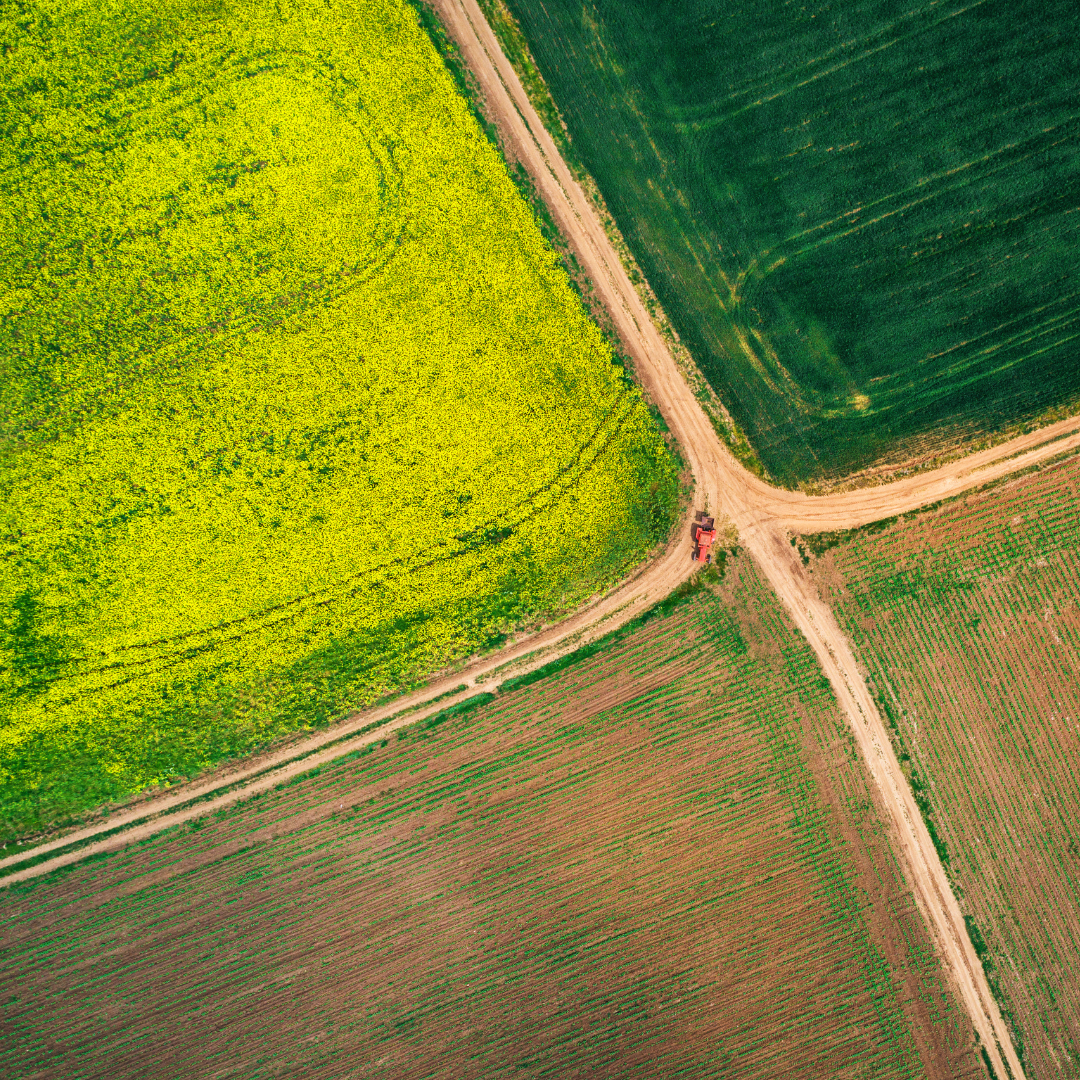Microplastic contamination of crops is an emerging environmental and health concern as microplastics, plastic particles less than 5 millimeters in size that are increasingly detected in agricultural systems.
Sources of Microplastic Contamination in Agriculture
- Sewage Sludge: Often used as fertilizer, it can carry microplastics from household and industrial wastewater.
- Plastic Mulch Films: Commonly used in farming, these can degrade over time and release microplastics into the soil.
- Irrigation with Contaminated Water: Surface or reclaimed water used for irrigation can contain microplastics.
- Atmospheric Deposition: Microplastics can settle from the air onto soil and crops.
- Compost and Organic Fertilizers: Contaminated waste materials used in compost can Introduce microplastics.
Uptake by Plants
- Recent studies have shown that micro- and nanoplastics can be taken up by plant roots and translocated to aerial parts like stems, leaves, and even grains.
- The uptake is more likely for nanoplastics (particles <100 nm), which can pass through cell walls and enter vascular tissues.
Impacts on Crops
- Growth inhibition: Microplastics in soil can alter its structure, reduce water retention, and negatively affect microbial communities essential for plant health.
- Toxicity: Additives in plastics or adsorbed pollutants (e.g., heavy metals, pesticides) can be toxic to plants.
- Yield reduction: Some studies have reported lower crop yields when soils are contaminated with microplastics
Human Health Implications
- If microplastics accumulate in edible parts of crops, they could enter the food chain.
- Potential risks include inflammation, toxicity, or transport of other harmful substances which have long-term soil health effects.
- The role of microplastics in carrying pathogens or chemicals into crops.
- There's also a lack of standardized methods to measure microplastic contamination in plants and soil.
on May 08, 2025
Microplastics Contamination of Crops
